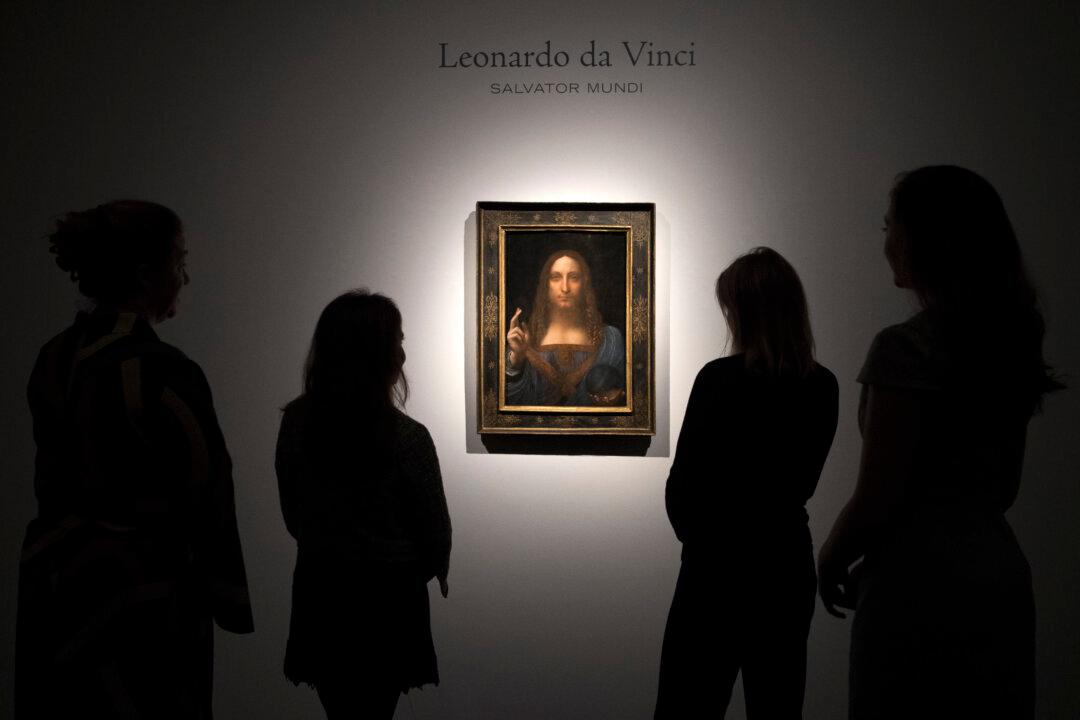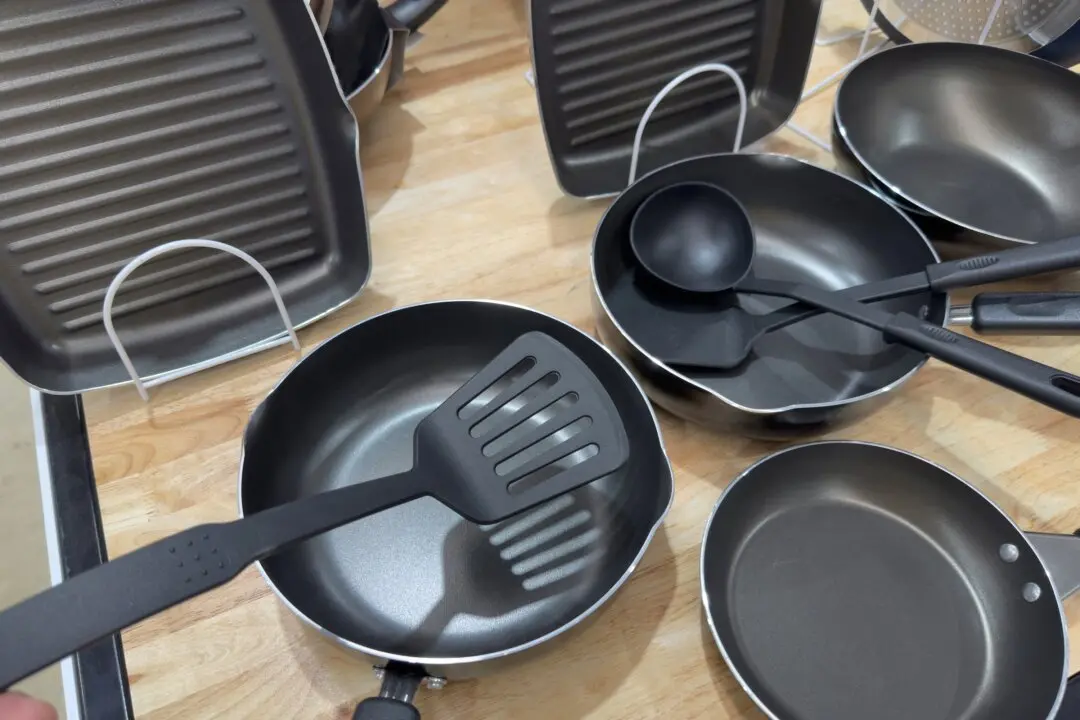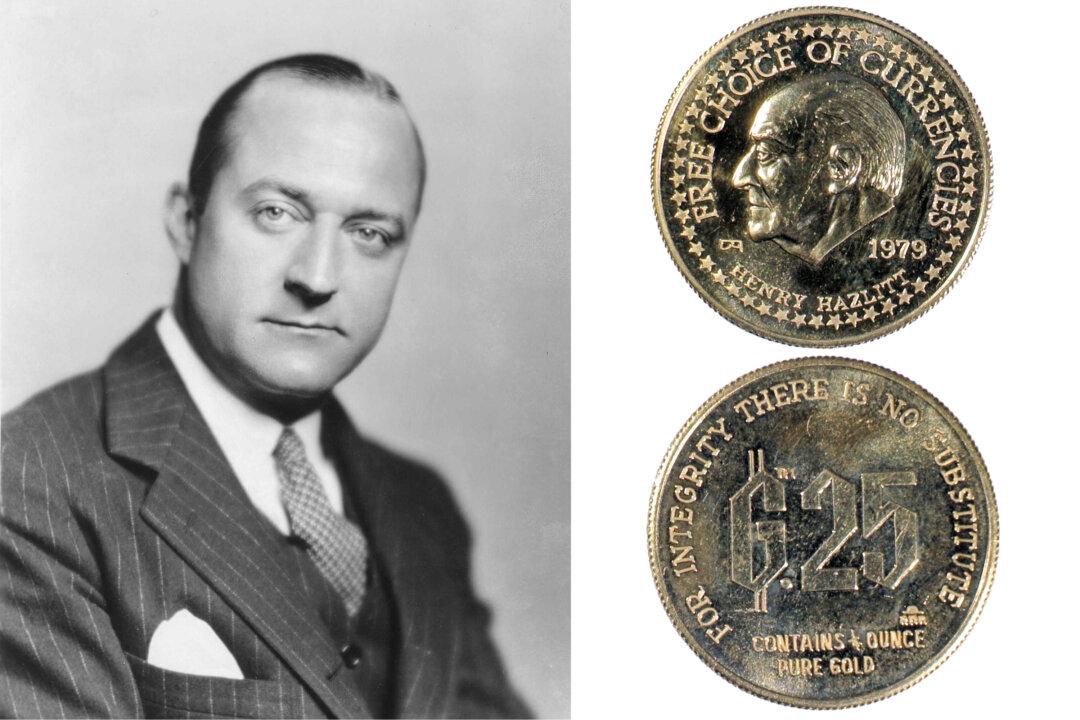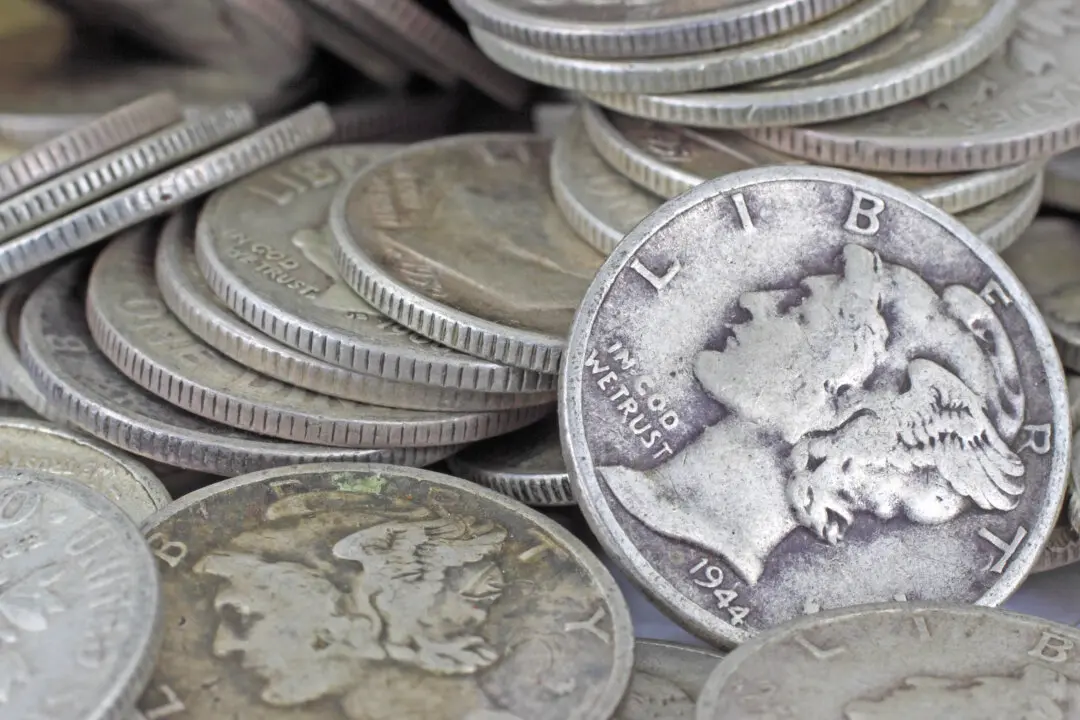Commentary
The high-end art market is not for you and me but rather the 1 percent of the 1 percent. It is dominated by the strangest ethos in economics that you can ever even imagine. The bubble in high-end art, pieces running at $1 million and up to hundreds of millions of dollars and traded at auctions by Sotheby’s and Christie’s, has lasted for most of the 21st century.





